When I was a kid, the most coveted blocks in our huge kindergarten block are were the long maple wood unit blocks. We all loved them because they were BIG and heavy. We loved them because you could really cover a lot of ground when you built with them. They were substantial. We also loved using them in dramatic play–as guns, broad swords, bazookas, spears, and more. If any blocks were ‘put away’ for a while, it was those long maple blocks.
That was always a disappointment. Those blocks were powerful play props. We always melted a bit when they were stuck in the storage room until we could learn to behave.
Over nearly two decades as an early learning speaker, I’ve visited lots of playrooms and block areas across the USA, Canada, and Australia. I am never surprised to see that long flat blocks are not readily available. These blocks have gotten an undeserved bad reputation. My kindergarten teacher was certainly not the first or last early educator to banish them.
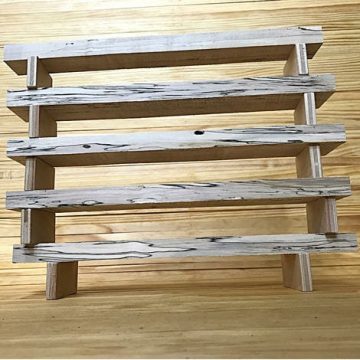
In an effort to restore the reputation of long flat blocks, I hereby present these five reasons to love them:
Simple Towers
You can build sturdy and tall towers without long flat blocks, but why would you want to? Long flat blocks make tower building so easy and quick. Because of their heft, they also make a great crash when the tower is inevitably knocked over. As a connoisseur of block tower crashes, I can’t categorically say that the crash of a tower built with long flat blocks is better than a tower built with smaller blocks. What I can say is that it is different–the sound, the spread of the blocks as they fall, the potential for a harder clunk on the head when hit by falling tower debris.
Building towers is an opportunity to flex creativity and practice problem solving. If you want a buzzword, tower building is a STEM activity.
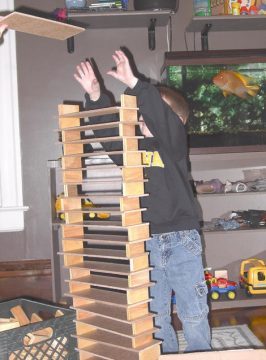
Secure Containers
Building stuff to encapsulate, contain, or hide other stuff is an activity that happens in a lot of block play areas at some point. Cages for plastic dinosaurs, houses, garages for toy cars, houses for Barbie Dolls, a cozy hiding place for the caterpillar someone just found on the playground. Kids like to use blocks to build these structures.
As with towers, the long flat blocks make this work simpler and more fun. They make floor and roof construction easier. They allow for the construction of larger structures. Back in the days when we ran a family child care program we always had plenty of large planks the kids would use to build themselves cubbies and hideouts.
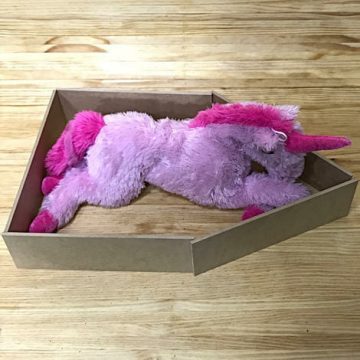
Easy Roads
Another go to activity in many block areas is road building. Kids will spend long hunks of time lining up blocks to make roadways for toy cars. Sometimes the roads connect other structures. Other times it’s all about the open road.
You can build roads with shorter blocks, but, again, why would you want to when long flat blocks are so good at this work?
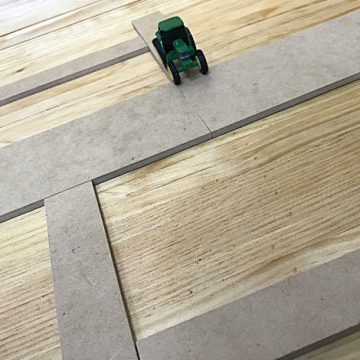
Painless Projectiles
OK, so by painless projectiles, I mean the the construction of structures capable of launching projectiles is a painless straightforward, and simple activity. The actual projectiles may indeed inflict pain in some situations–like if you lean over to look at said projectile as your buddy is sends it air born. Take a few steps to the side and the chance for pain is greatly diminished.
Using long flat blocks to launch stuff is more STEM! More problem solving, more creativity, more practice of visual tracking, more understanding of cause-and-effect relationships, more practice with large and small muscle skills. Why would you want to curtail all that potential learning by hiding away the long flat blocks?
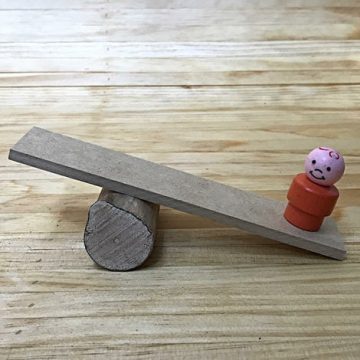
Dramatic Play
The long flat blocks are great play props. As I noted in the opening paragraph, we used them to support all kinds of dramatic play scenarios back in kindergarten. Long flat blocks not only shine in the block area, they are stars in the dramatic play area as well. They are great loose parts–items kids can move and manipulate and bend to their will.
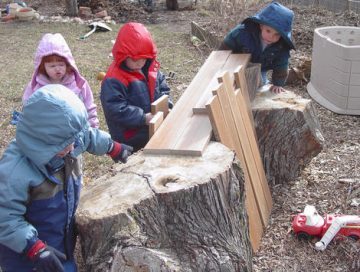
Post Author
Jeff Johnson is an early learning trainer, podcaster, and author who founded Explorations Early Learning, Playvolution HQ, and Play Haven.

Leave a Reply